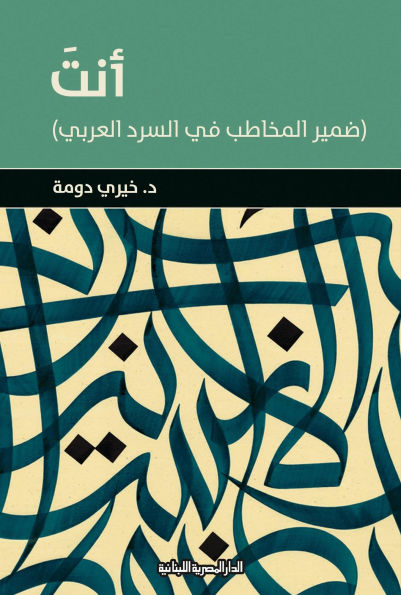You are the second person pronoun in Arabic narration
The space occupied by second-person narration has expanded remarkably in recent decades, such that "you" has become part of the story, not just a communicative "you" between the writer and the reader. The narrator's second-person speech has become representative or reportive (informative rather than performative, to use the language of classical rhetoric); he tells the story, portrays the characters, narrates the events, and describes the time, place, and circumstances using the second-person pronoun. The chapters of this book were formed, chapter after chapter, over a broad period of time. Some chapters dealt with texts and topics from ancient Arabic literature, and others discussed texts and topics from modern and contemporary literature. However, the main idea remained guiding in all cases, linking the two sides of the subject: the "talk" aspect to readers, bound by a renewed oral heritage, and the aspect of addressing, rebuking, and taking revenge on the self, readers, and listeners—an aspect linked to modernist and postmodernist tendencies. Most of the book's chapters are primarily based on discussing specific narrative texts from ancient and modern times, and analyzing them from a specific perspective. The theoretical backgrounds guiding the analysis are not unique to a single chapter, but rather gradually seep into almost all of the chapters, although they are most evident in the fourth chapter.
1147685059
You are the second person pronoun in Arabic narration
The space occupied by second-person narration has expanded remarkably in recent decades, such that "you" has become part of the story, not just a communicative "you" between the writer and the reader. The narrator's second-person speech has become representative or reportive (informative rather than performative, to use the language of classical rhetoric); he tells the story, portrays the characters, narrates the events, and describes the time, place, and circumstances using the second-person pronoun. The chapters of this book were formed, chapter after chapter, over a broad period of time. Some chapters dealt with texts and topics from ancient Arabic literature, and others discussed texts and topics from modern and contemporary literature. However, the main idea remained guiding in all cases, linking the two sides of the subject: the "talk" aspect to readers, bound by a renewed oral heritage, and the aspect of addressing, rebuking, and taking revenge on the self, readers, and listeners—an aspect linked to modernist and postmodernist tendencies. Most of the book's chapters are primarily based on discussing specific narrative texts from ancient and modern times, and analyzing them from a specific perspective. The theoretical backgrounds guiding the analysis are not unique to a single chapter, but rather gradually seep into almost all of the chapters, although they are most evident in the fourth chapter.
4.99
In Stock
5
1

You are the second person pronoun in Arabic narration
296
You are the second person pronoun in Arabic narration
296
4.99
In Stock

Product Details
| ISBN-13: | 9789777950664 |
|---|---|
| Publisher: | Aldar Almasriah Allubnaniah |
| Publication date: | 06/19/2025 |
| Sold by: | Bookwire |
| Format: | eBook |
| Pages: | 296 |
| File size: | 2 MB |
| Age Range: | 16 - 18 Years |
| Language: | Arabic |
About the Author
From the B&N Reads Blog
